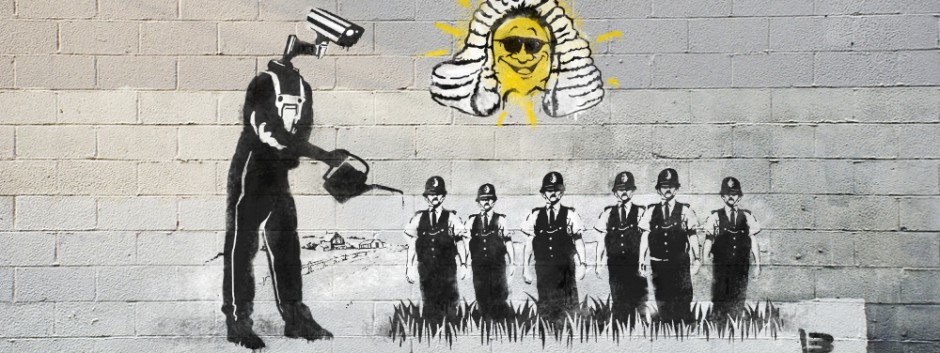While reading this piece, I’ve discovered a few passages that were similar to articles we’ve read recently. One of those articles were Anti-homeless spikes: ‘Sleeping rough opened my eyes to the city’s barbed cruelty’ by Alex Andreou. Before I start, I must say that I thoroughly enjoyed this piece and found myself agreeing with the author on several points. I’ve also noted multiple points. With the formalities out of the way, I’d like to proceed.
Do Artifacts Have Politics? by Langdon Winner
On page 123, under the subheading Technical Arrangements as Forms of Order, Winner mentions a man by the name of Robert Moses. Robert Moses was “the master builder of roads, parks, bridges, and other public works from the 1920s to the 1970s in New York.” Mr. Moses built overpasses that, due to their specifications, didn’t accommodate buses. What were the reasons behind the inadequate specifications? Well, according to the article, “the reasons reflect Moses’s social-class bias racial prejudice.” The article then explains the correlation between inaccurate road specifications and buses on page 124. It states that, “Poor people and blacks, who normally used public transit, were kept off the roads because twelve-foot tall buses could not get through the overpasses.” This was all a covert attempt to keep poor people and blacks out of the Jones Beach area. Mr. Robert Moses, an apparent fan of fascism, went above and beyond to maintain the “purity” of the wealthy. The passive-aggressive way in which he expresses his xenophobia and bigotry speaks volumes of his character. He wouldn’t dare taint the image of Jones Beach with poverty or blackness. I assume he felt that the wealthy would be be driven out of the area and people of lower socioeconomic backgrounds would take over. This probably evoked fear in Mr. Moses and the citizens of Jones Beach because the thought of “losing power” created panic and anxiety.
Anti-homeless spikes: ‘Sleeping rough opened my eyes to the city’s barbed cruelty’ by Alex Andreou
The passage that I selected in the Winner piece relates quite nicely to Andreou’s article. On page one of Andreou’s piece, he discusses various types of anti-homeless “mechanisms”. He says, “From ubiquitous protrusions on window ledges to bus-shelter seats that pivot forward, from water sprinklers and loud muzak to hard tubular rests, from metal park benches with solid dividers to forests of pointed cement bollards under bridges, urban spaces are aggressively rejecting soft, human bodies.” I selected this portion of the article because I feel as though it shares similarities to what Winner discussed in his piece, especially by mentioning Robert Moses. Andreou talks about the many ways that London’s architecture discriminates against homeless people, just as Robert Moses discriminated against black people and poor people by building overpasses using specifications that did not accommodate their primary source of transportation. The general concept of casting people out of the general public via architectural structures, and because of their socioeconomic statuses illuminates strongly through both stories.
I think this connection was worth making because I find it highly disappointing and distressing that this is happening, and legally at that. Then again, I shouldn’t be too surprised since this is a world that allowed the enslavement of many people for hundreds of years all while considering it legal. People are being discriminated against because of things beyond their control (skin color, unfortunate circumstances that lead to homelessness, poverty, etc.) I definitely feel that it’s something that should be expounded on because there should be enough money and resources to help people who are in dire need. There is also more than enough space for all of us to explore different facets of life, as this relates to the Winner article. No one man created this land, nor did any person in America discover this land, therefore this is literally no man’s land. Deciding where people “belong” is ridiculous, and laughable at best.




This was a great post! The way it was written and composed really displayed how much understanding you had about the piece and how much you enjoyed reading it. I liked that you broke down the post into two different subjects where you spoke about Winner’s piece and then about the Anti-Homeless piece. I liked the connection you made between both pieces, I really didn’t think to relate the Winner piece to the Ant-Homeless piece at all. Great Job!
I believe Robert Moses actions shows that people who have the means hide behind the law allowing them to have ulterior motives do such things, and that is the problem which continues today against all people.